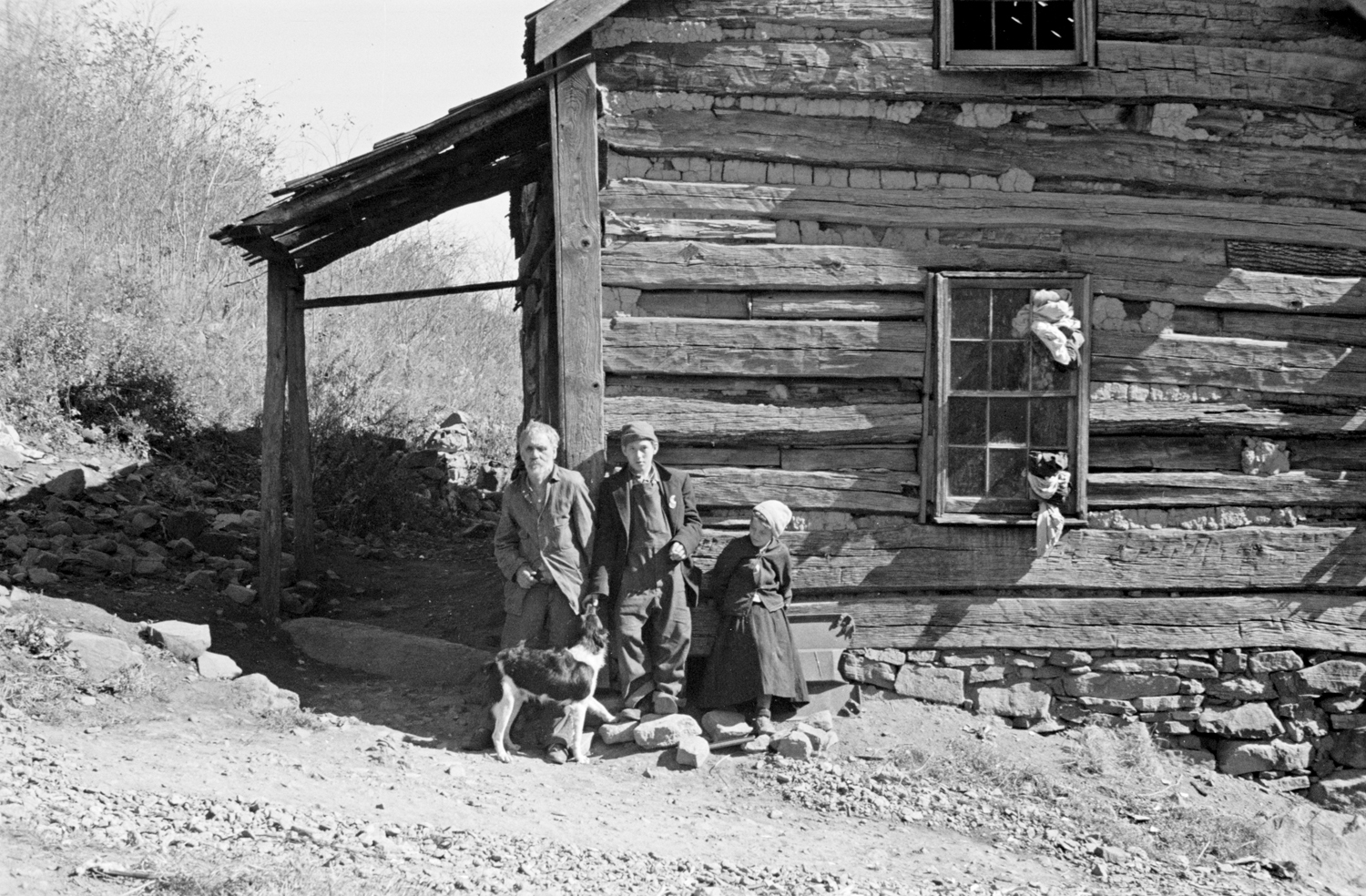
Directed by Richard Knox Robinson
In October of 1935, the FSA photographer Arthur Rothstein came to the mountains of Virginia for his first assignment as a professional photographer. He was sent to Virginia to photograph mountain residents before they would be moved to make way for Shenandoah National Park. Rothstein was at the beginning of one of the most storied careers in American Photography. At the FSA , with Dorothea Lange, Walker Evans and others, he would produce the most important photographic record of the American Depression.
When I began Rothstein’s First Assignment, I was looking to explore the very notion of documentary truth. Rothstein’s First Assignment was to be a ‘documentary about a documentary.’ Borrowing ideas and techniques from Expanded Cinema, I wanted to produce a film that looked outside the conventional film framework. A film that questioned the documentary format and its relationship to truth.
As a photographer myself, I knew that the conditions of an assignment often conflict with the story you are sent to depict. There is often more than one story that confronts a photographer on assignment. For my film, I wanted to take the narrative that Rothstein was given and see what conflicts he might have had to confront. To find the other stories behind his assignment.
What Rothstein’s First Assignment discovered, was far more than it bargained for. Not only were there other stories, the difficult stories of how people were moved off their land to make Shenandoah National Park. There was also a very disturbing narrative that seemed to guide Rothstein in his work.
The disturbing narrative I discovered was a eugenic narrative. Simply put I found that many of the children Rothstein photographed would end up in an institution in Virginia known as “ The Colony.” An institution where many of them would be forcibly sterilized. Some of these children were committed just days after Rothstein photographed them. In contradiction to the government narrative and Rothstein’s own captions, few of the individuals Rothstein photographed were part of the Resettlement project. They were part of a different narrative that was unknown to me.
To understand this narrative I had to study a book titled, Hollow Folk. Published just two years before Rothstein came to Virginia, Hollow Folk was considered to be an important scientific study on poverty at the time Rothstein visited Virginia. Funded by the Washington Child’s Center, the book sought to understand the poverty of it’s subjects through what was considered to be an innovative approach.
After I realized that the subjects in Hollow Folk were the same people Rothstein photographed, I began to question the resettlement narrative. Rothstein’s assignment so closely followed Hollow Folk that it appeared to illustrate it. It seemed this was his narrative.
One day while looking through Rothstein’s archives, I discovered that he had photographed Miriam Sizer, the social worker who had done most of the research and had essentially written Hollow Folk. Miriam Sizer was with Rothstein on this assignment and must have introduced him to his subjects. Individuals she had worked with for years before his arrival.
Still it wasn’t until the discovery of the court records that I began to believe I had discovered a eugenic narrative. After putting things together, I realized there was a single family at the center of Rothstein’s project. The majority of Rothstein’s subjects were not a cross section of mountain residents, but were one localized family. In court records I discovered that many individuals from this family had been institutionalized after Rothstein photographed them. These children were not moved from the mountains to new government homes. Their destination was an institution known as ‘The Colony.’ A place where many would be forcibly sterilized as part of Virginia’s eugenic program.
I interviewed one ‘child’ from this family, Mary Frances Corbin Donald. She was sterilized at ‘The Colony’ in an operation that almost killed her as a girl. During my interview, I noticed she had no family pictures in her home. A few days later when she asked for copies of the Rothstein pictures I had shown her, I realized Rothstein had photographed all her relatives. Her family was at the center of the narrative Rothstein was sent to photograph. Her aunts and uncles as well as her cousins were all photographed by Rothstein, as was her grandfather. Many of these cousins were also sterilized at the Colony, while her grandfather was institutionalized at facility in Staunton, VA where he reportedly died.
For more information on Robinson’s work, visit his website.

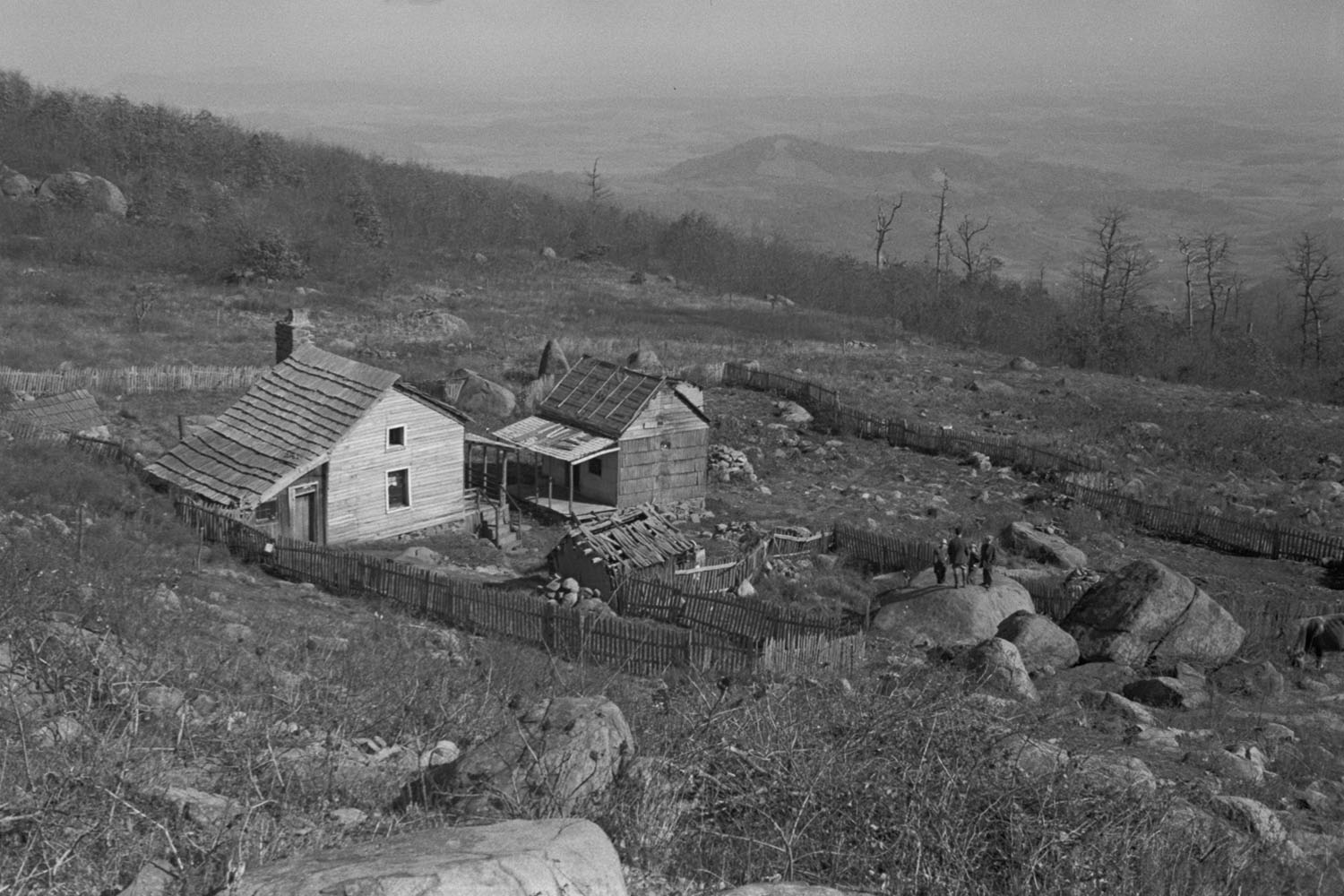


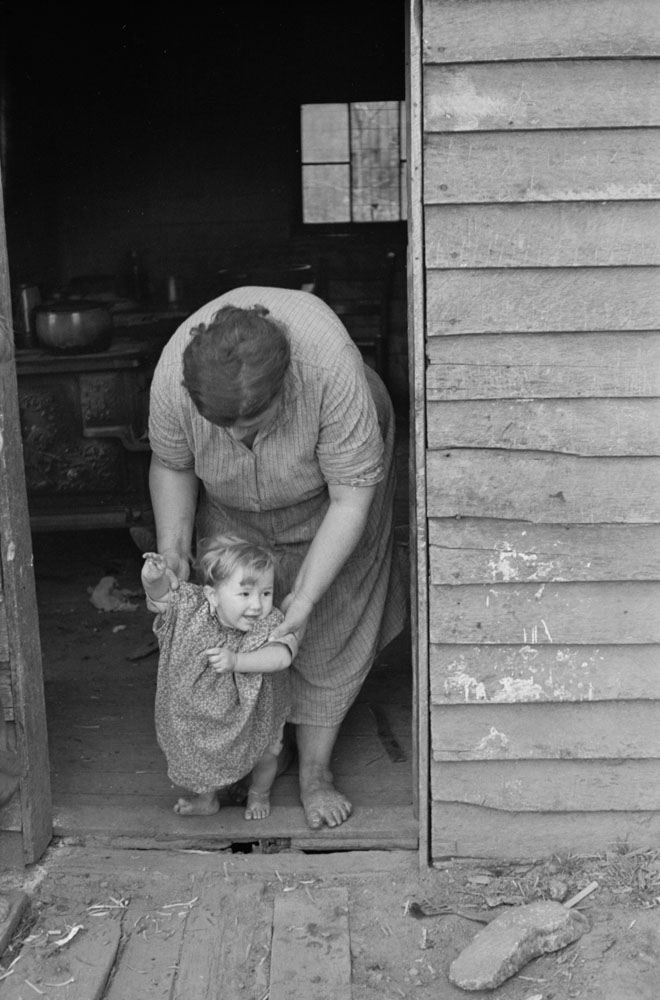

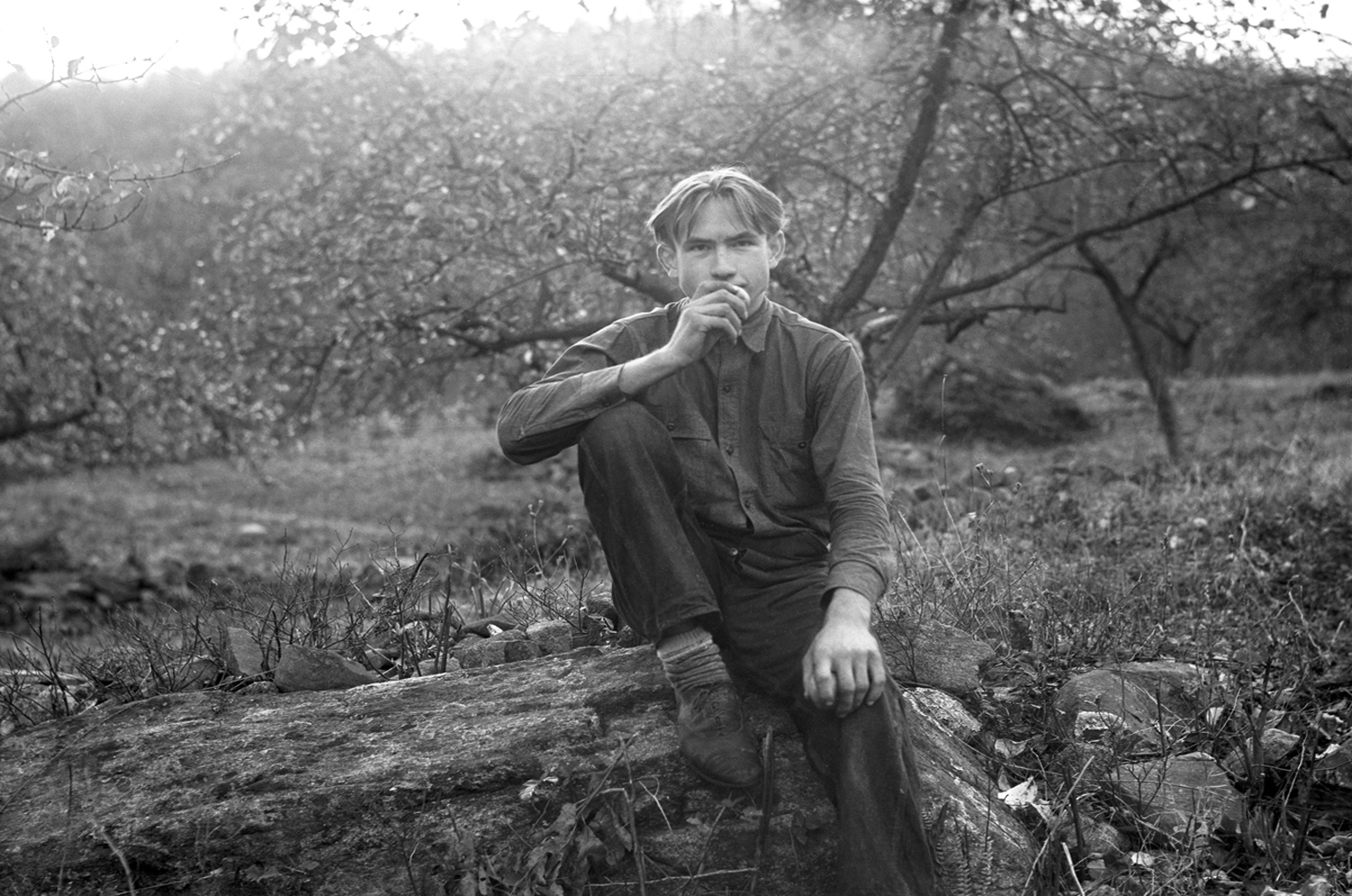
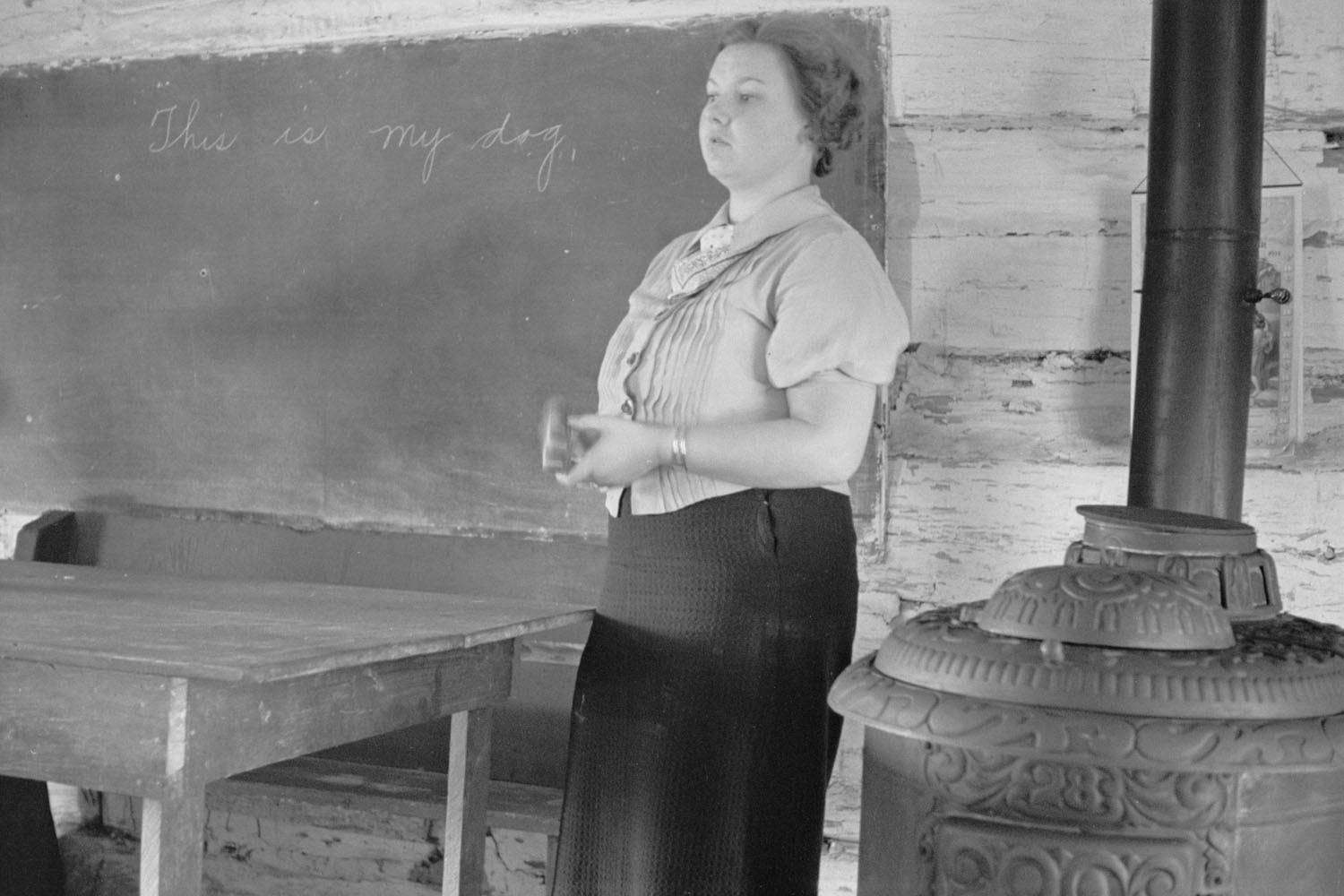



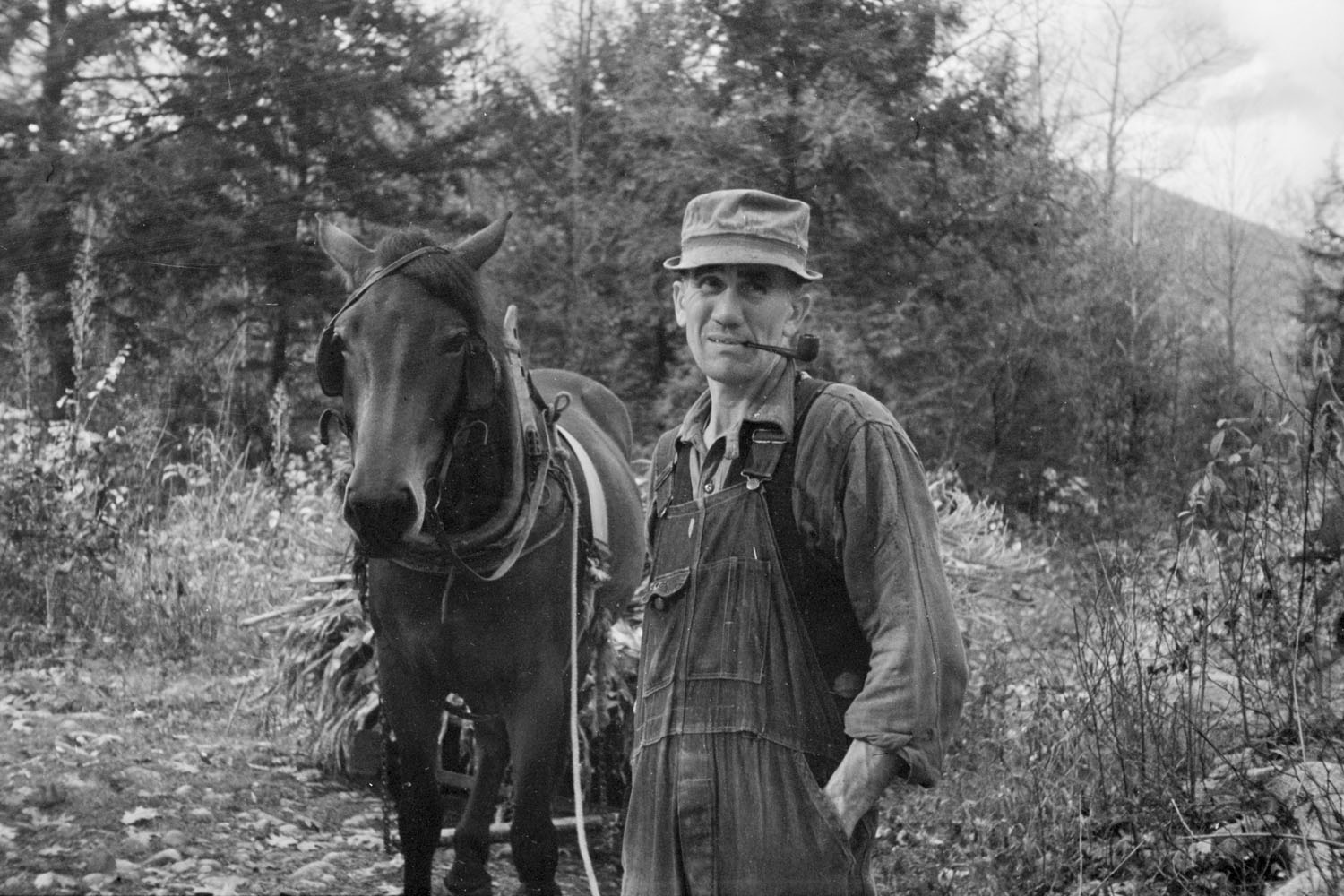
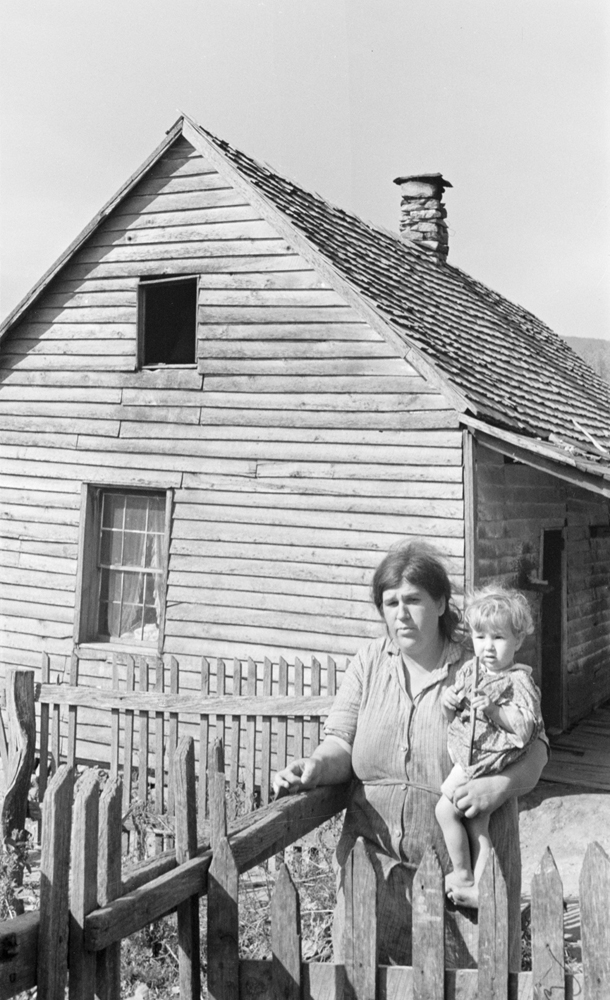
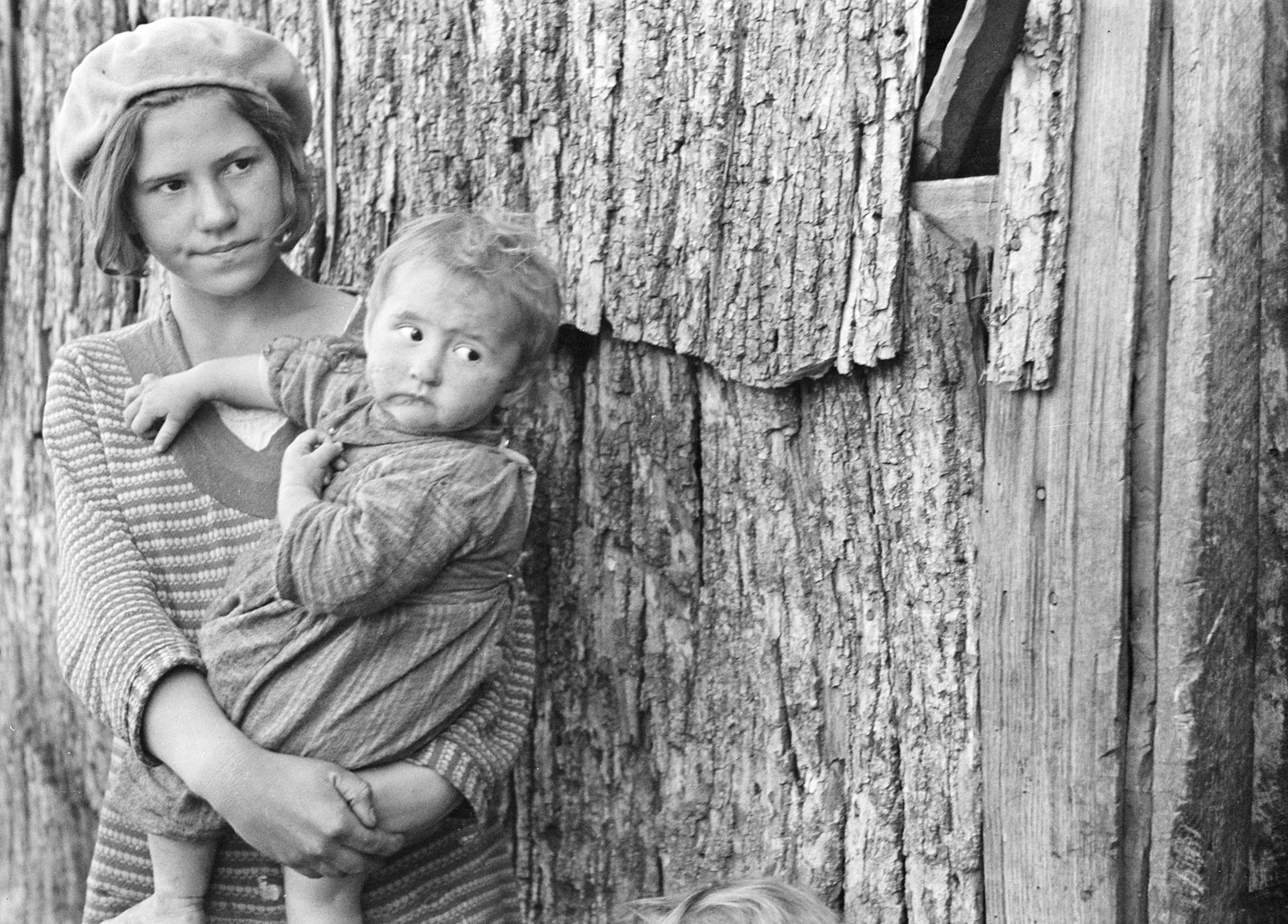
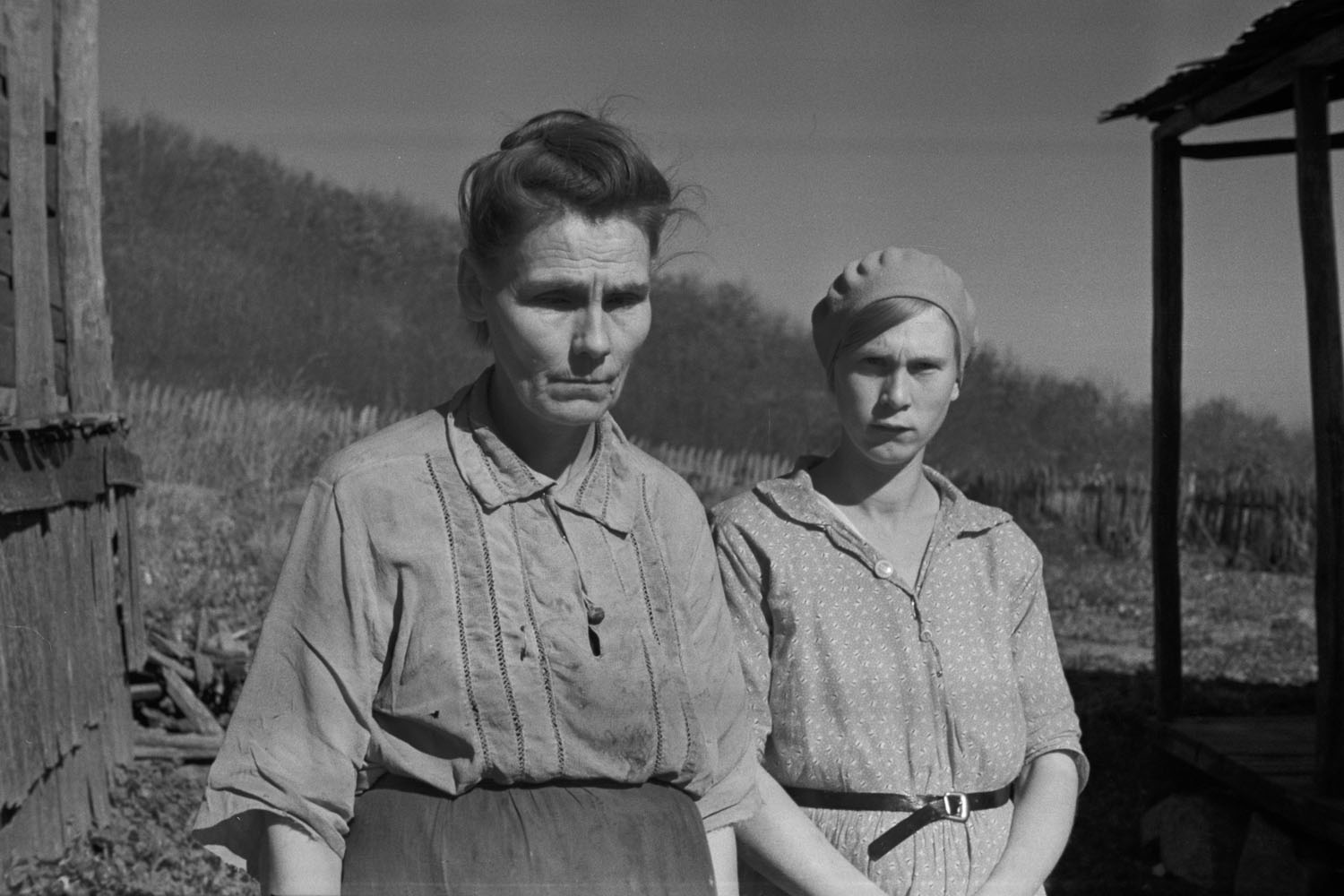
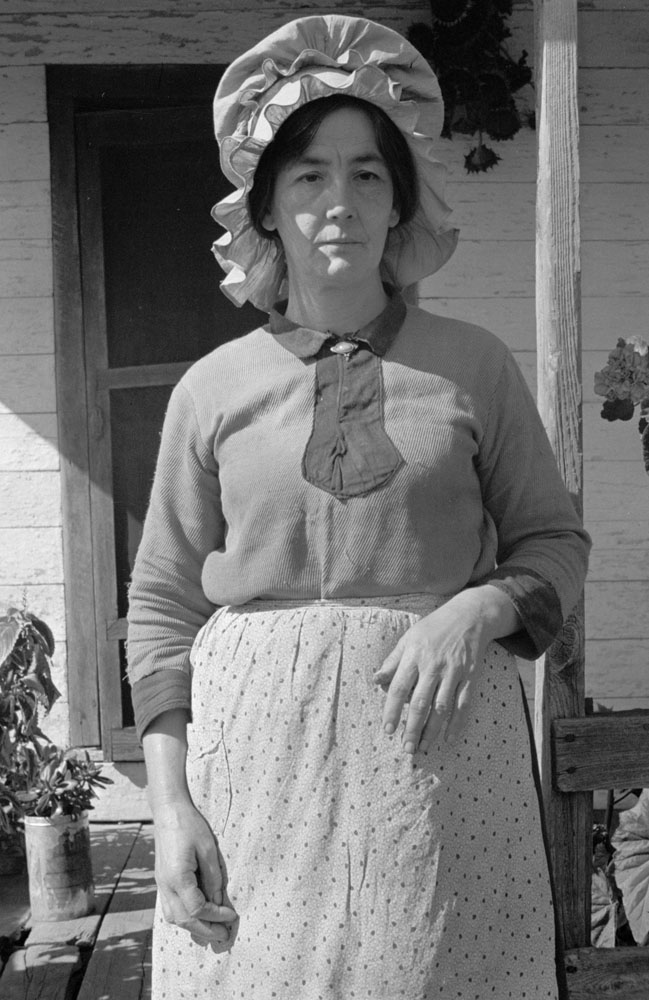
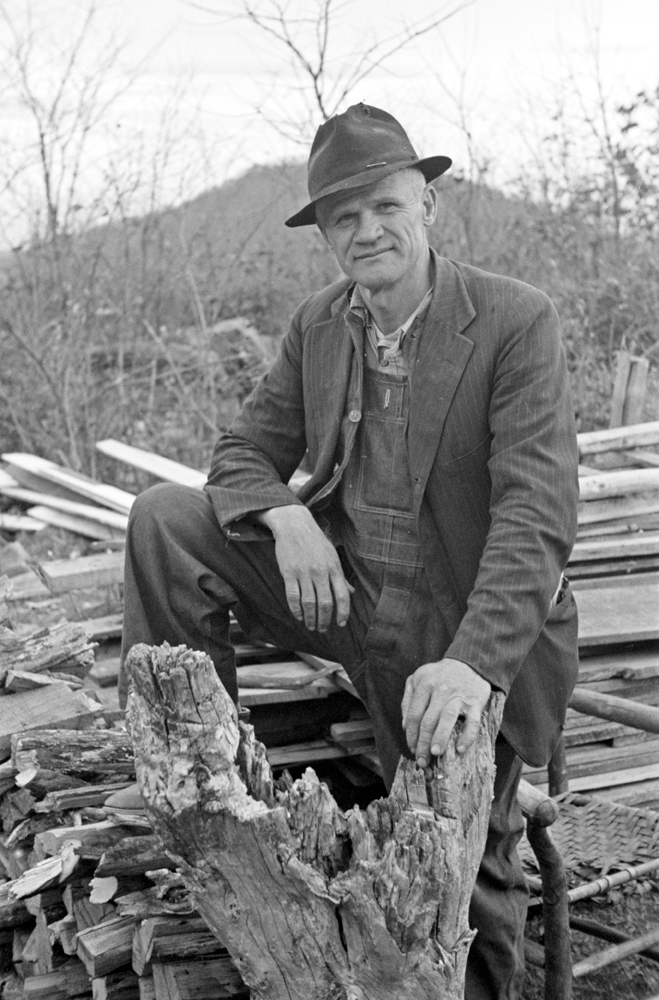
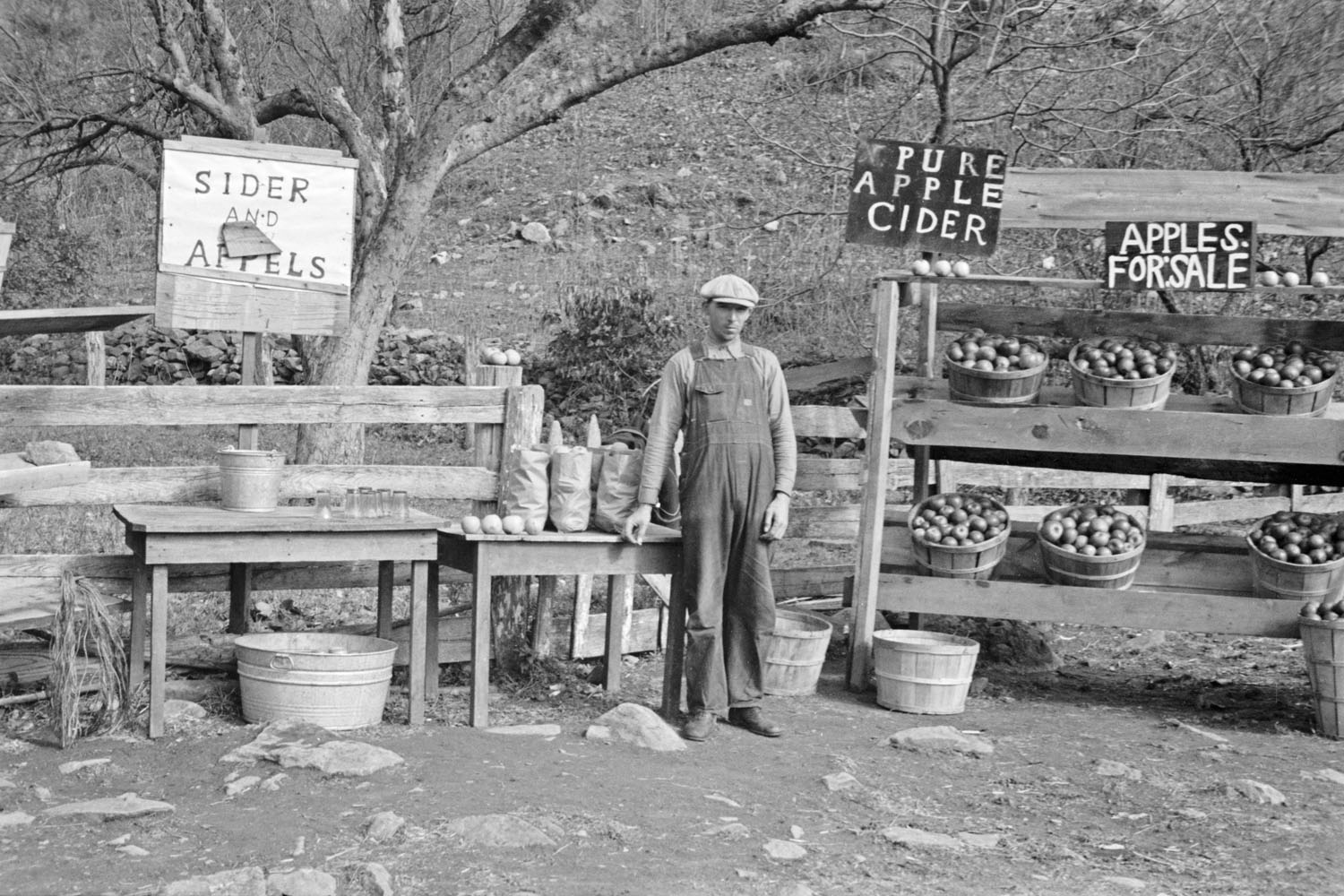
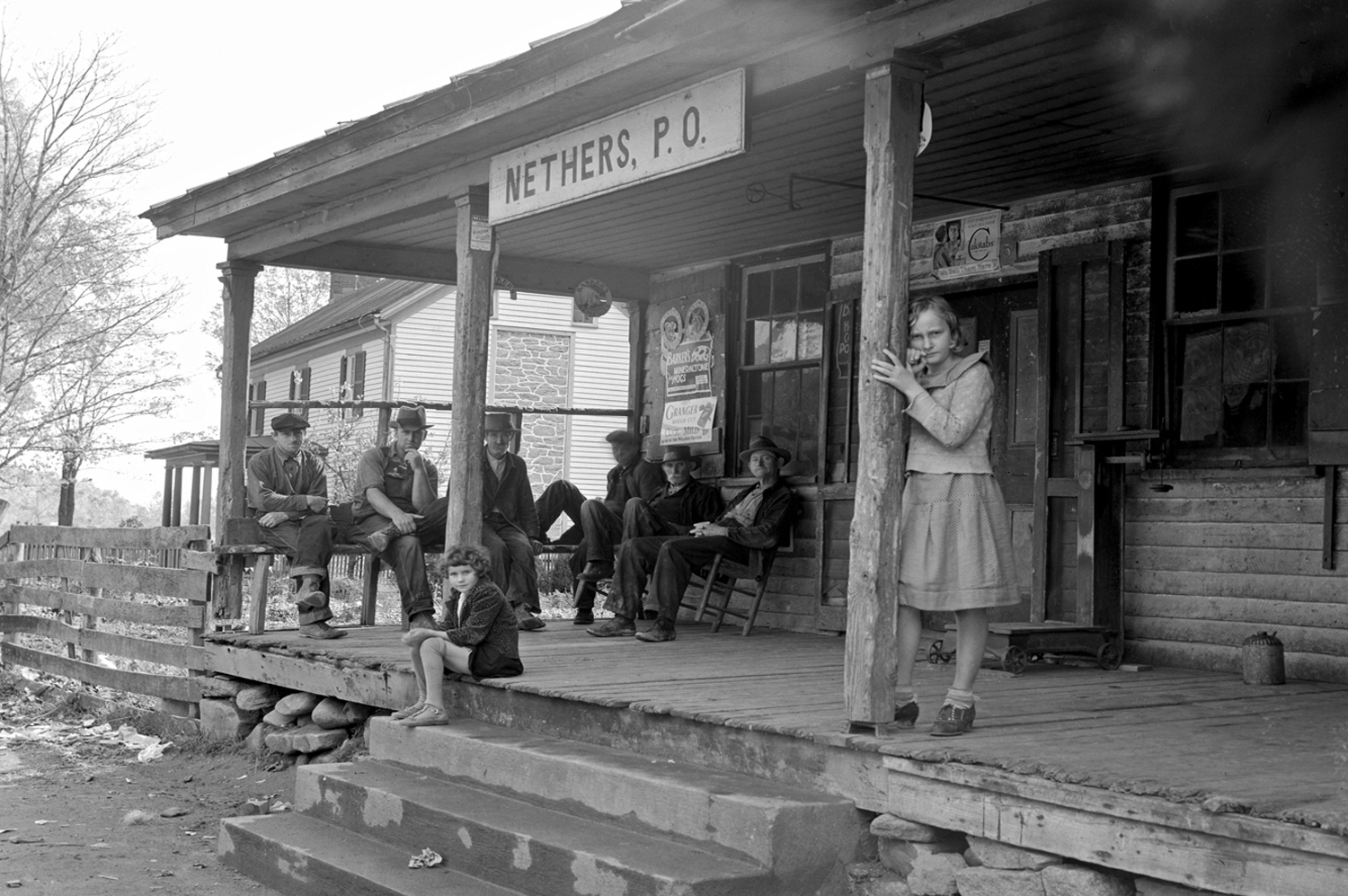
More Must-Reads from TIME
- Cybersecurity Experts Are Sounding the Alarm on DOGE
- Meet the 2025 Women of the Year
- The Harsh Truth About Disability Inclusion
- Why Do More Young Adults Have Cancer?
- Colman Domingo Leads With Radical Love
- How to Get Better at Doing Things Alone
- Michelle Zauner Stares Down the Darkness
Contact us at letters@time.com



